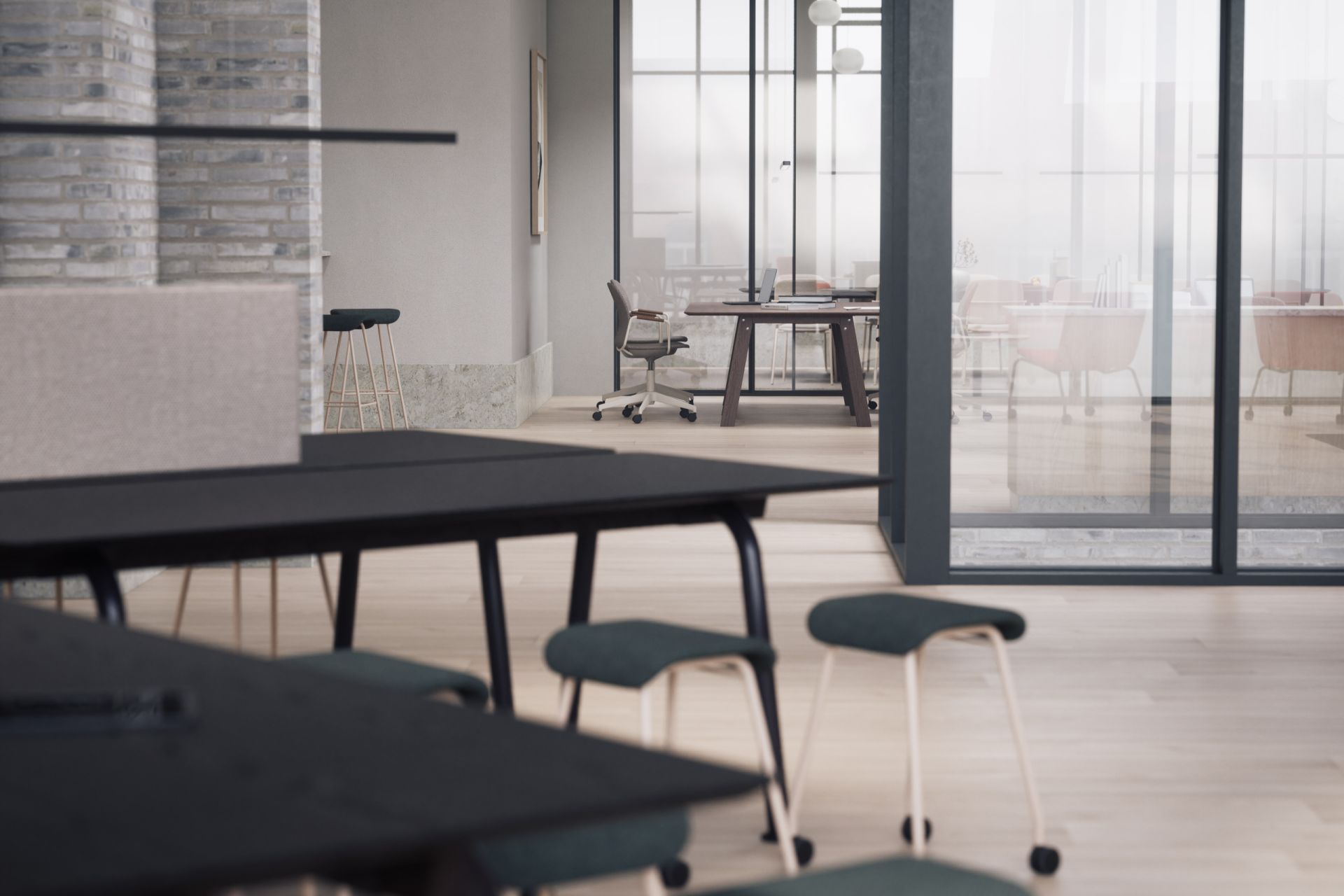
How does design affect our senses and performance?
What role does interior design play for emotions and well-being and how can we influence this? Let’s take a closer look at which principles of neuroscience we can use to inspire us when furnishing the workplace.
Following the pandemic and several years of flexible working, discussions grew between employers and employees concerning a return to the office. Many employees felt that hybrid work was the new norm and based on this, some made major life changes such as moving further away from the workplace. As a result, many companies struggled to find the perfect set-up for their organization. In this context, it’s important to ask what helps employees enjoy being at the workplace. The office must promote integration and a sense of community, creativity and innovation that drives the business forward. What can the design of an office promote, facilitate or counteract?
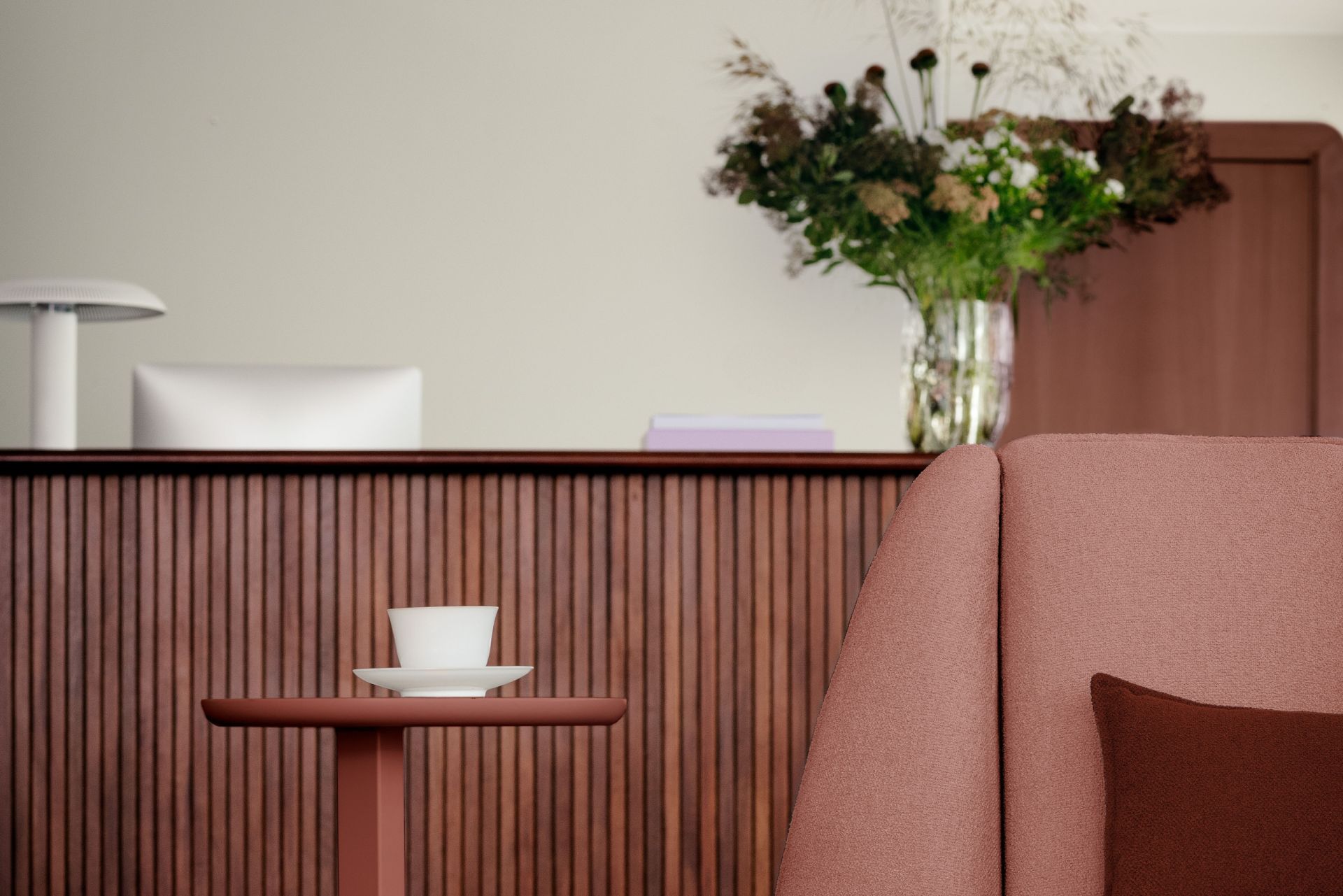
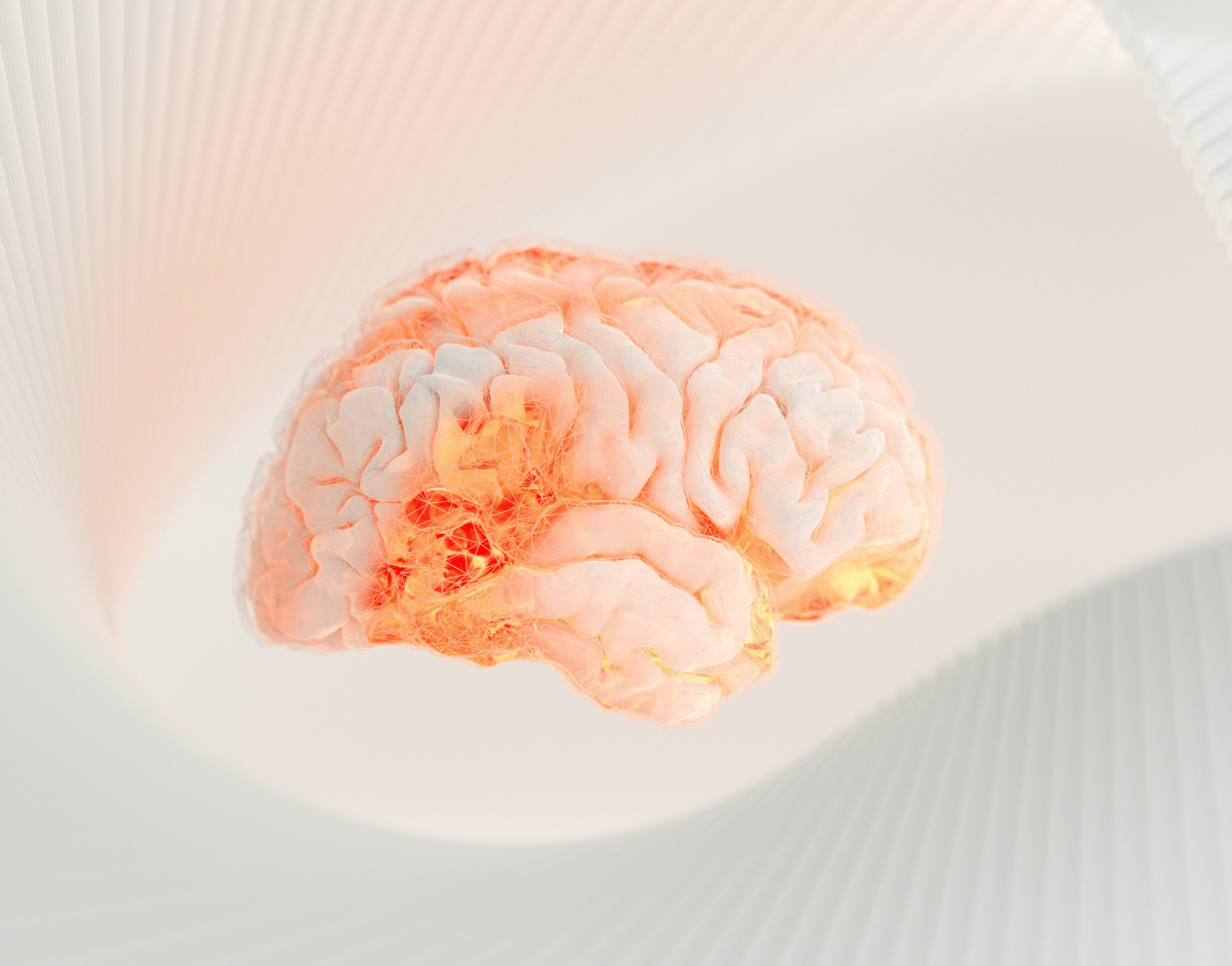
Neurodesign
Research shows that our surroundings play an important part in our well-being and performance. While the technology we use changes quite quickly, our brains have not changed all that much in tens of thousands of years. Our brains respond to the environment, our nervous system senses our immediate surroundings and is influenced by architecture and design.
Neurodesign, aka evidence-based design, concerns the use of insights from brain research on the effects design has on people. Neurodesign is an interdisciplinary field based on form, function, lighting, perception, texture, movement, sound and other stimuli. The concept has become an increasingly important feature of interior design in both private and public settings. Neurodesign allows us to prioritize the human experience and thus use the concept as a framework or inspiration in the creation of work environments that promote well-being, creativity, focus and productivity. While not an interior design style or trend per se, neurodesign’s message has become trendy on social media, where the phenomenon is known as “dopamine decorating“ i.e. interior design that makes us happier!
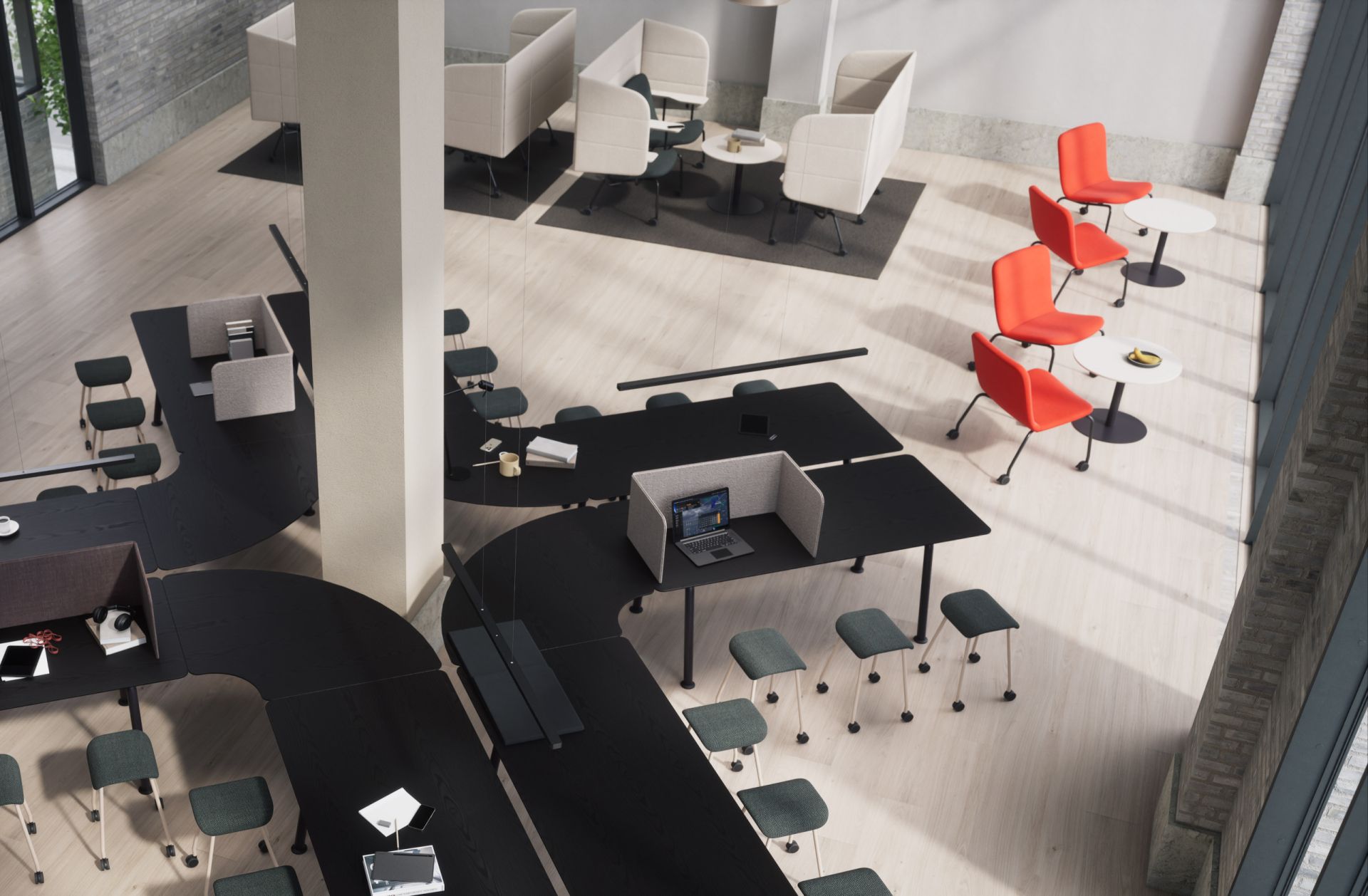
The effect of colour and shape
According to neuroscientists Katarina Gospic and Isabelle Sjövall, who co-authored the book “Neurodesign“, it’s advantageous for people in creative professions to work in bright rooms with high ceilings. On the other hand, people in more detail-oriented occupations may benefit from not having such high ceilings.
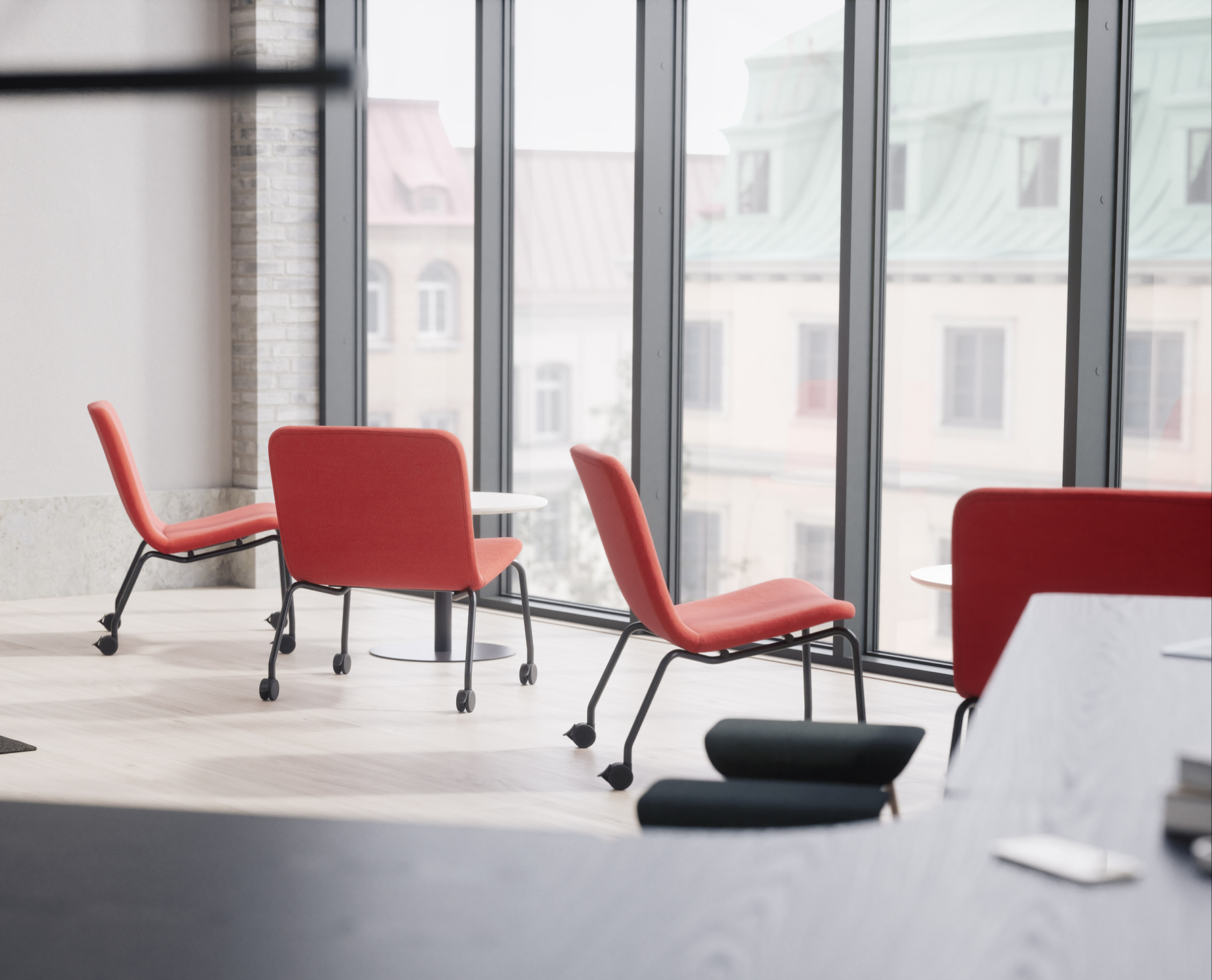
Colours create conscious and subconscious emotions, and can even affect the perception of temperature in a room. This is due to psychological factors that determine a colour’s influence on temperature. Some colours, such as red, trigger a warmer feeling when we see them, while green and blue have a cooling influence in our subconscious. Also, a single colour can have different influences. For example, red can activate the sympathetic nervous system – the body’s “accelerator“ – and is perceived as an aggressive or stress inducing colour. But when used in the right amounts or in the right places, it can also help us stay focused and attentive.
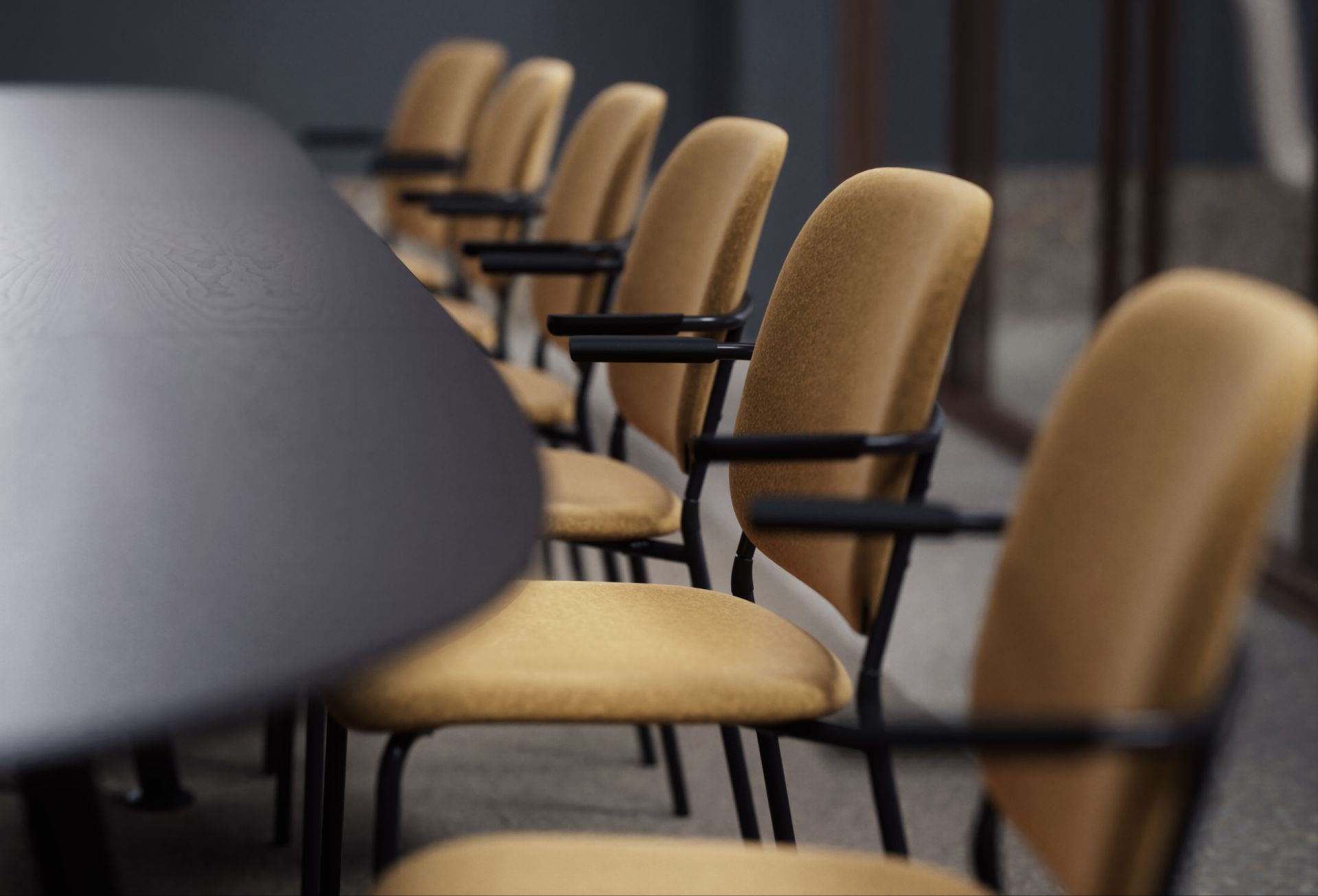
Yellow and orange radiate joy and have an uplifting effect on mood. Orange increases mental stimulation and yellow promotes positivity, making them great colours for collaborative spaces. Green and blue are considered the most productive colours, promoting innovation and creativity while often having soothing properties.
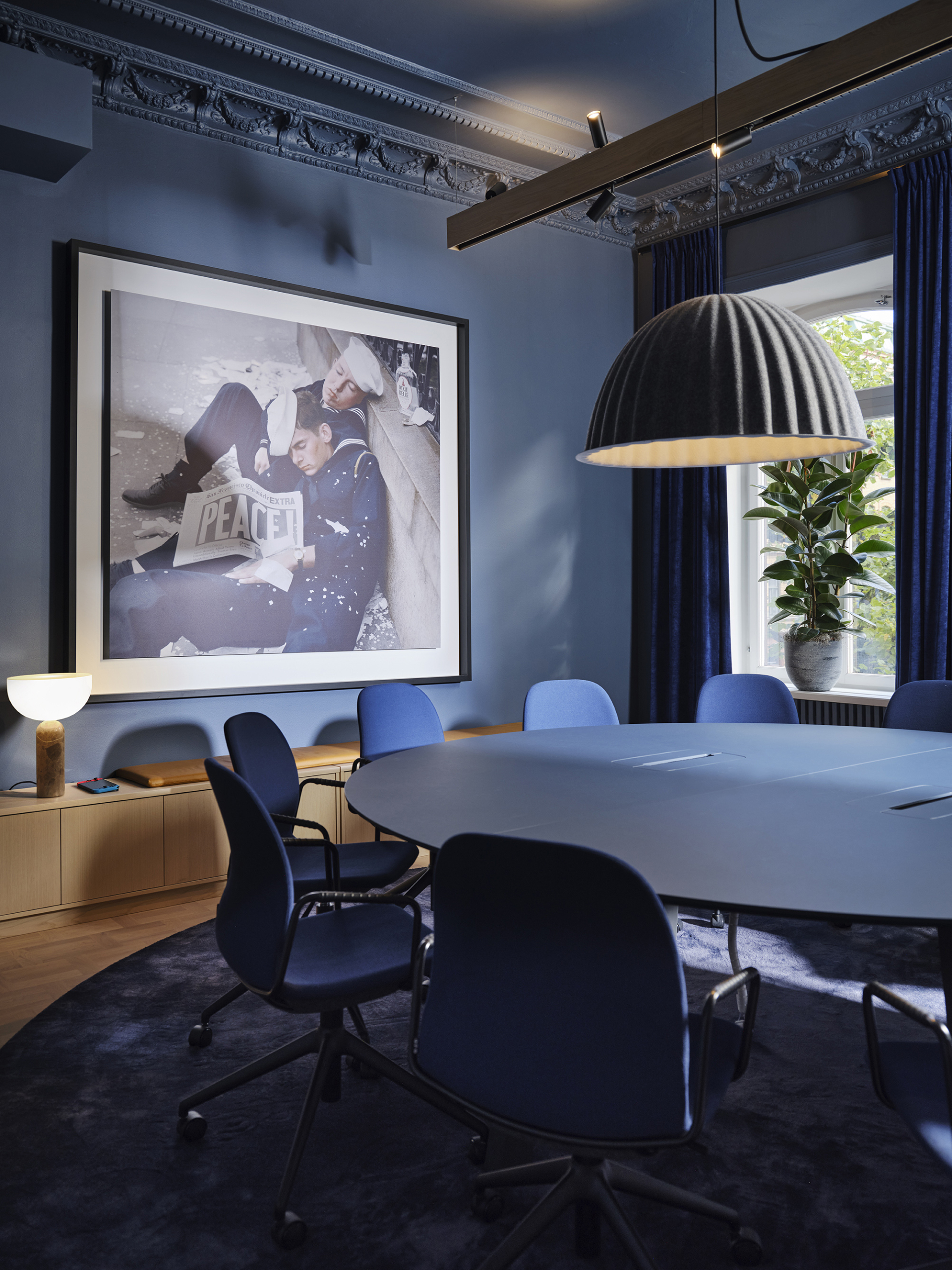
Blue stimulates the parasympathetic nervous system and acts as the body’s “brake pedal“ by communicating calm. But blue can also signal authority and enhance intellectual thinking. Green is linked to balance, growth and nature. Plants contribute to colour and shape in the room and also improve indoor air, especially the choice of air-purifying species. According to Isabelle Sjövall, also of the book “Designfulness“, green features and natural colours can increase creative performance and improve recovery.
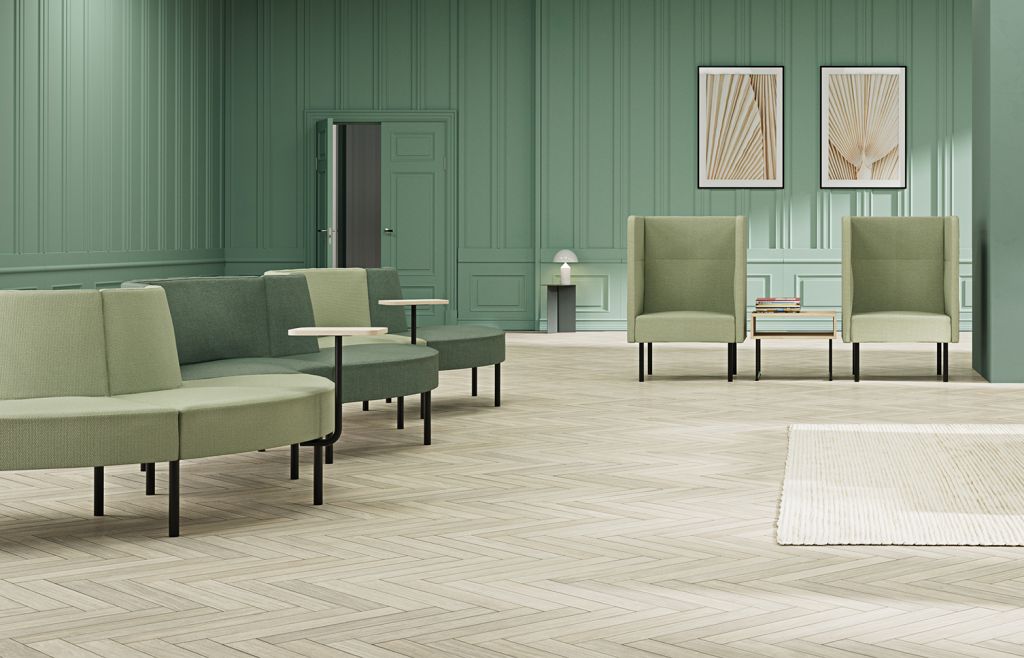
Our brains react both positively and negatively to colours and shapes, but a design must naturally be visually appealing, practical and comfortable. An armchair may look beautiful and create the right feeling visually, but if it is uncomfortable, no one will want to sit in it. Comfortable furniture is not only good for the body; soft materials release oxytocin, our “feel-good hormone“ that provides a sense of calm and positivity. When choosing furniture and interior design details, it’s worth remembering that our brains often prefer symmetry and round shapes and dislike sharp corners and edges, which can be perceived as threatening. While an asymmetric design can make a room feel unbalanced or cluttered, when done with the right flare it can make an interior more interesting, vibrant and comfortable to rest our gaze on.